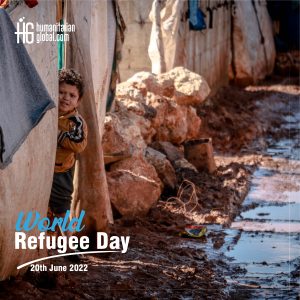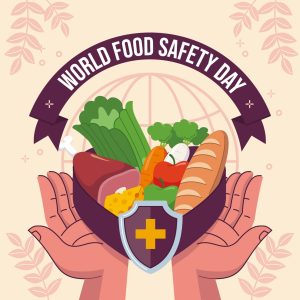Description of the disaster
According to IPC Acute Food Insecurity analysis for July to September 2021, an estimated 1.18 million people in Zambia were experiencing high acute food insecurity levels, classified in Crisis (IPC Phase 3) with 77,938 people having been the most affected in Lusaka, Luapula, and Western provinces.
According to this analysis, the projected period of October 2021 to March 2022 clashes with the country’s lean season when the food insecurity situation is expected to worsen, with nearly 1.58 million people which makes up 13% of the analyzed population classified in IPC Phase 3. The most affected provinces in Zambia are Lusaka, Luapula, Northern, North-Western, Western and Southern, with 296,438 people signaling a steep rise in the number of people experiencing the ongoing food insecurity, which if nothing is done, may deteriorate in the coming months. As such, the population facing food insecurity is in need of immediate humanitarian aid to decrease food gaps, restore and protect livelihoods, and prevent acute malnutrition.
The vulnerable population in Zambia faces a high incidence of poverty and is exposed to various types of shocks mostly from hydro-meteorological hazards and their effects, epidemics, and periodic occurrences of macroeconomic instability. For this particular analysis, the key enablers of food insecurity are:
- Flooding experienced from December 2020 to February 2021.
- Outbreaks of pests such as the Fall Armyworm (FAW) and the African Migratory Locusts.
- High maize prices.
Though there has been a decline in the prices of maize since the start of the 2021/2022 consumption year, they are still above the five-year average.
In the projected period of October 2021 and March 2022 which clashes with the lean season, the food insecurity situation in Zambia is anticipated to slightly deteriorate since more households depend on the food market, with prices projected to remain higher than the five-year average. The Zambia Meteorological Department of the Ministry of Transport and Communications forecasts the 2021/2022 rainfall season, which clashes with the projected period, to be normal to above normal in Western, North-western, Southern, Eastern, Copperbelt, Luapala, and Lusaka Provinces from November 2021 to January 2022. According to this forecast, it is likely that there will be flooding, especially in the areas prone to floods, hence affecting most households in those areas. At least 20% of Zambian households have food consumption gaps or can marginally meet minimum food needs only with irreversible strategies for coping such as liquidating their livelihood assets. With this in mind, poor households will depend more on labour opportunities for income and food. Subscribe to our newsletter for this and more.







